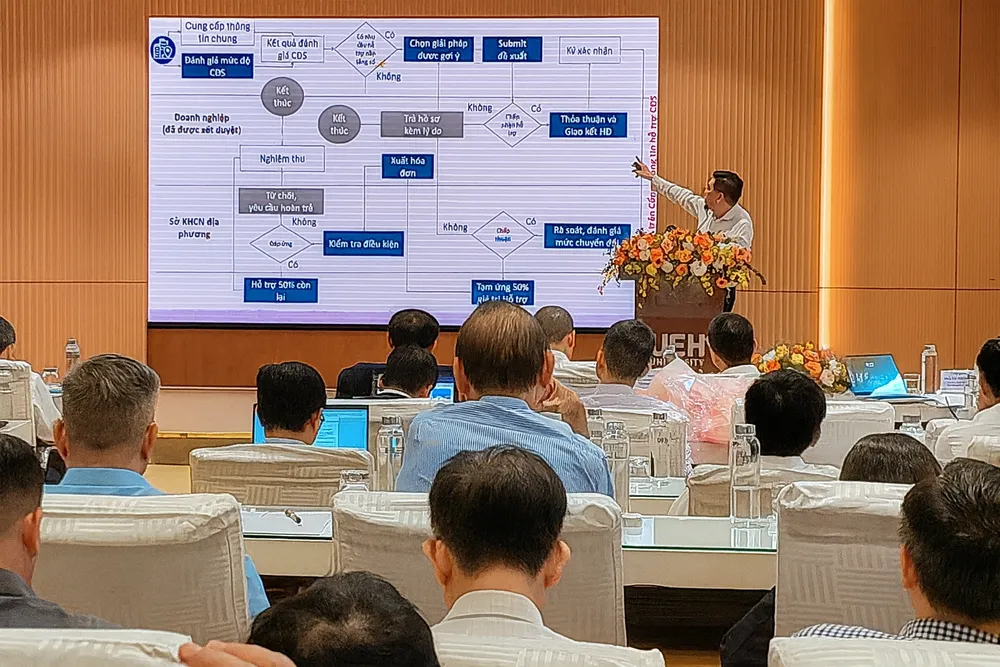
Associate Professor, Dr. Tran Minh Tuan, Director of the Department of Digital Economy - Digital Society (Ministry of Science and Technology), said that after the merger, the proportion of digital economy/GRDP of Ho Chi Minh City will reach about 21%. He cited two successful digital economic models in 2024: the pilot model of digital transformation of wholesale - retail in Phu Nhuan district (old) helped the food service industry reduce costs by 16%, increase profits by 15% - 30%; retail stores saved 25% of costs, increased new customers by 25% - 35%. The smart production model at the Orion Vina factory (formerly Binh Duong ) helped increase capacity by 30%, reduce machine downtime by 68%, reduce inspection costs by 50%, bringing efficiency of 19 million USD in 8 months. The Ministry of Science and Technology will study and replicate these two models nationwide.
Mr. Tuan emphasized that to promote labor productivity and the digital economy , it is necessary to strongly transform digitally in the small and medium-sized enterprise sector. The survey showed that 30%–40% of enterprises have implemented digital transformation, but 69% have only stopped at the basic application level; 62% lack digital human resources, 55% have financial constraints, and 37% are confused in starting. He emphasized the use of resources from the National Technology Innovation Fund (NATIF) for support, like the Singapore and China models.
On June 30, the Ministry of Science and Technology issued a set of criteria to assess the level of digital transformation of enterprises, applicable to 25 fields with 5 levels: start-up, departure, acceleration, optimization, and elite. Participating enterprises must demonstrate that digital solutions help increase productivity by at least 15%, and will have electronic records updated in real time. The toolkit will be completed in the third quarter of 2025.
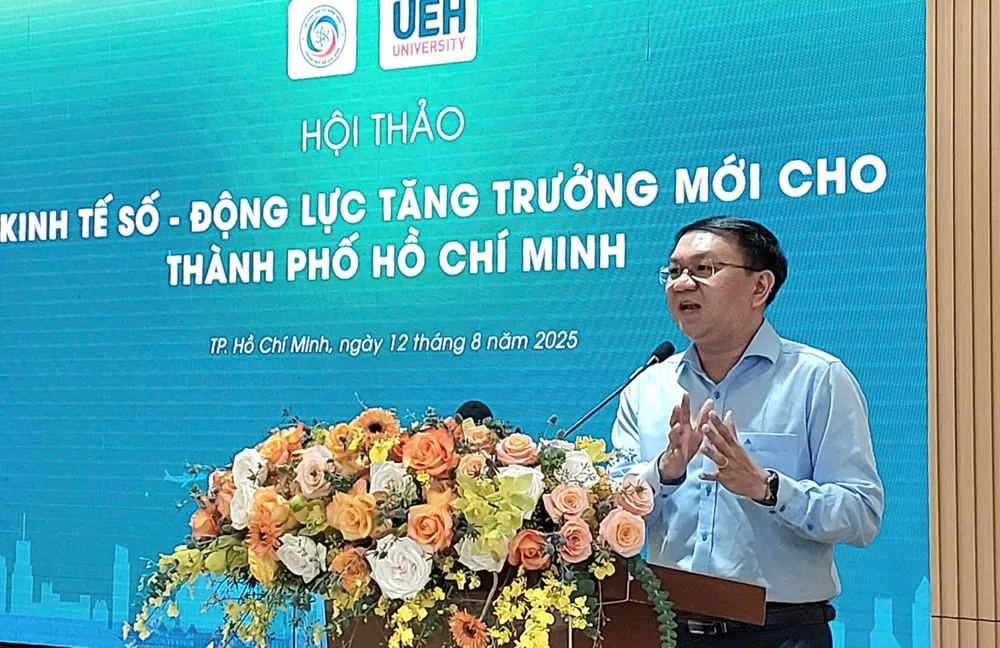
At the workshop, Director of the Department of Science and Technology of Ho Chi Minh City Lam Dinh Thang said that the megacity of Ho Chi Minh City formed after merging with Binh Duong and Ba Ria - Vung Tau requires a breakthrough growth model, based on productivity and high technology, in which the digital economy is the core driving force. The city has many advantages such as outstanding economic and population scale, diverse and complementary economic ecosystem, basic digital infrastructure and institutions, potential human resources, large digital consumer market, along with specific policies and pilot mechanisms.
However, there are still many challenges: unharmonized policies and institutions, differences in digital maturity, difficulties in developing and retaining high-quality human resources, cybersecurity issues, and changing digital thinking and culture. Ho Chi Minh City aims for the digital economy to contribute 25% of GRDP by 2025 and over 40% by 2030. This is an ambitious but feasible goal, consistent with the city's potential and advantages.
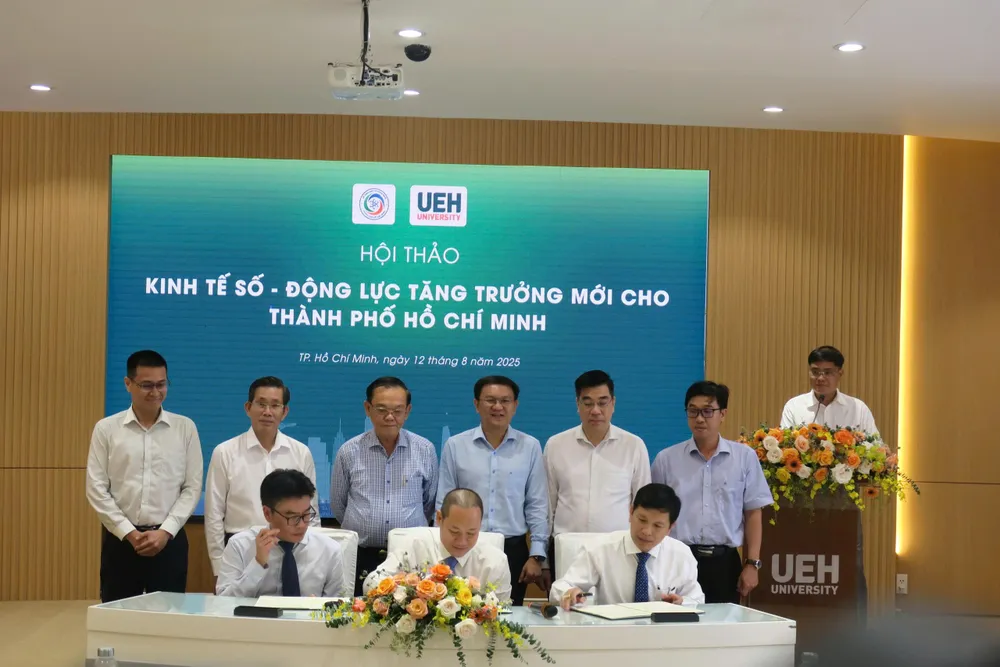
Regarding human resources, Dr. Thai Kim Phung, Vice Principal of UEH School of Technology and Design, commented that Ho Chi Minh City (before the merger) was the largest and highest quality human resource center, but needed to better meet the demand for specialized skills. Binh Duong province was previously strong in terms of scale and infrastructure but weak in the quality of digital human resources; Ba Ria - Vung Tau province previously had advantages in training and a high proportion of highly skilled workers, but specialized digital skills were still limited.
He proposed that in the short term, it is necessary to foster digital skills for the existing workforce, and in the long term, it is necessary to form regional innovation and digital skills centers in Ho Chi Minh City, Thu Dau Mot, and Vung Tau, playing the role of "hubs" for training, research, and practice of digital technology ...
Associate Professor Dr. Pham Khanh Nam, Principal of the UEH School of Economics, Law and Government, presented six pillars of the digital economy: data, connection, data center, platform development, artificial intelligence model, and application. He said that in the current context, Ho Chi Minh City needs to focus on the pillars of data, platform development, and application.
In particular, the data pillar needs to build shared data; open public data; promote IoT; ensure personal data security. The platform development pillar needs to invest in IT human resources; attract talent; form an innovation community; support "Make in Vietnam" technology enterprises. The application pillar needs to comprehensively develop B2B; B2C and B2G. Other pillars will coordinate centrally and internationally.
Associate Professor, Dr. Pham Khanh Nam proposed to build a separate digital economic index for Ho Chi Minh City, updated in real time, based on pillars such as digital infrastructure, digital enterprises, digital public services, digital human resources, digital innovation, to help the City's leaders operate effectively.
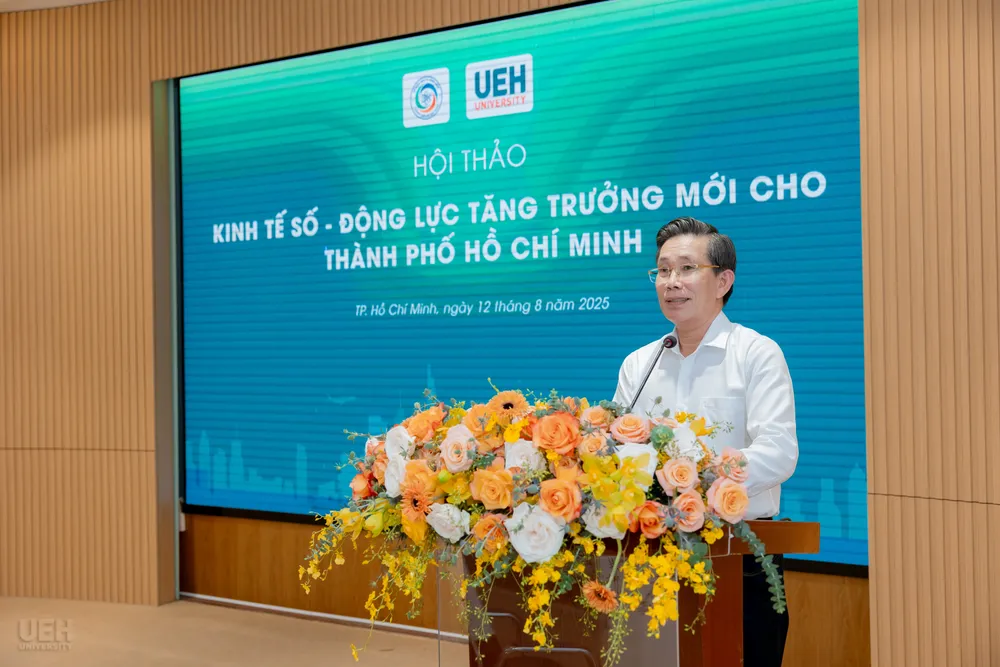
Professor and Doctor Su Dinh Thanh, Director of UEH, said that when identifying the digital economy as a new growth driver, it is important to clarify digital products that create added value for Ho Chi Minh City's economy.
Meanwhile, Associate Professor, Dr. Pham Khanh Nam proposed to build a separate digital economic index for Ho Chi Minh City, updated in real time, based on pillars such as digital infrastructure, digital enterprises, digital public services, digital human resources, digital innovation, to help the City's leaders operate effectively.
Source: https://www.sggp.org.vn/nha-nuoc-ho-tro-doanh-nghiep-chuyen-doi-so-nang-cao-nang-suat-lao-dong-post808036.html



![[Photo] National Assembly Chairman Tran Thanh Man holds talks with New Zealand Parliament Chairman](https://vphoto.vietnam.vn/thumb/1200x675/vietnam/resource/IMAGE/2025/8/28/c90fcbe09a1d4a028b7623ae366b741d)


![[Photo] Images of the State-level preliminary rehearsal of the military parade at Ba Dinh Square](https://vphoto.vietnam.vn/thumb/1200x675/vietnam/resource/IMAGE/2025/8/27/807e4479c81f408ca16b916ba381b667)





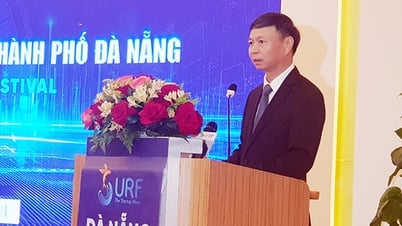

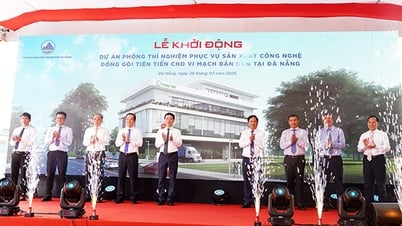
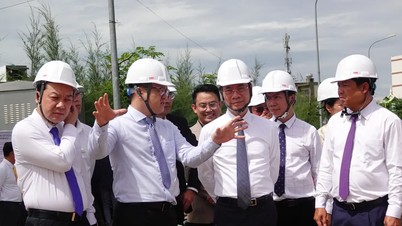




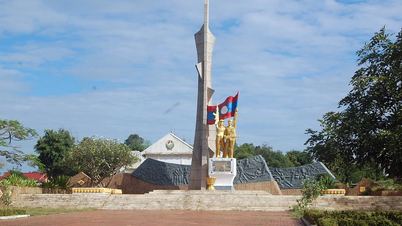
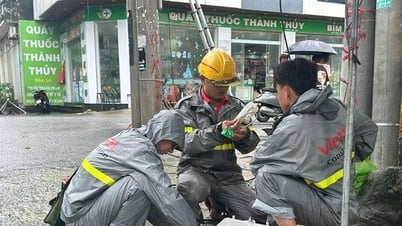












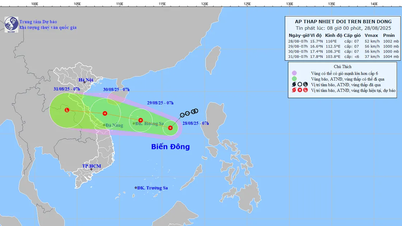












































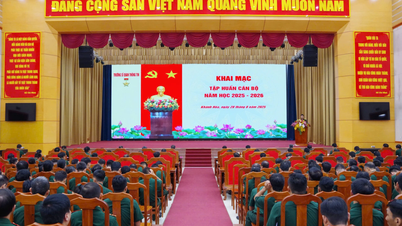




















Comment (0)